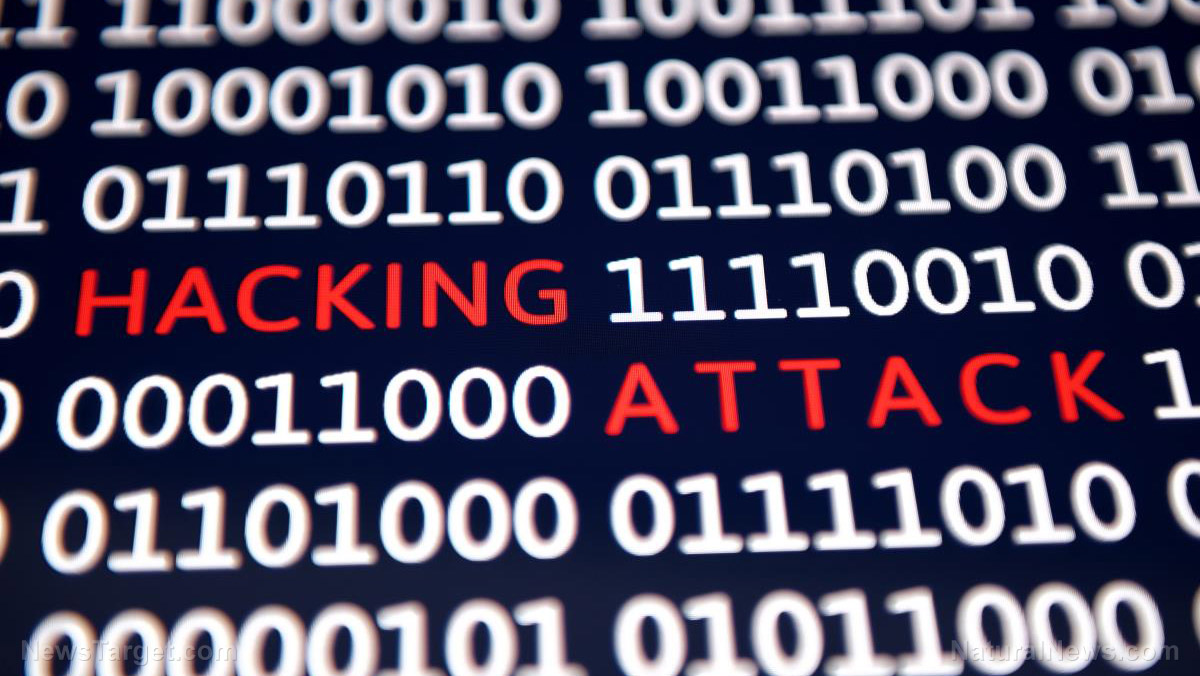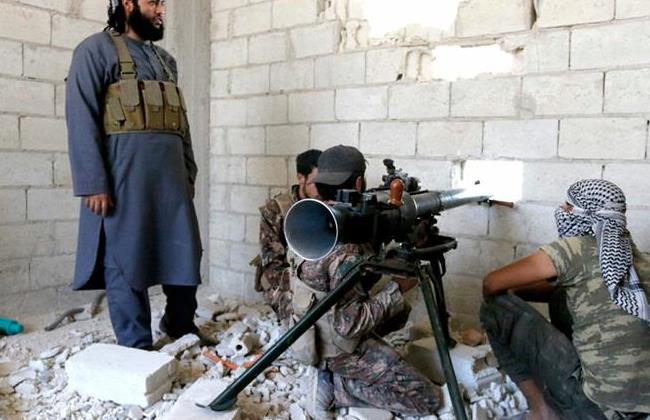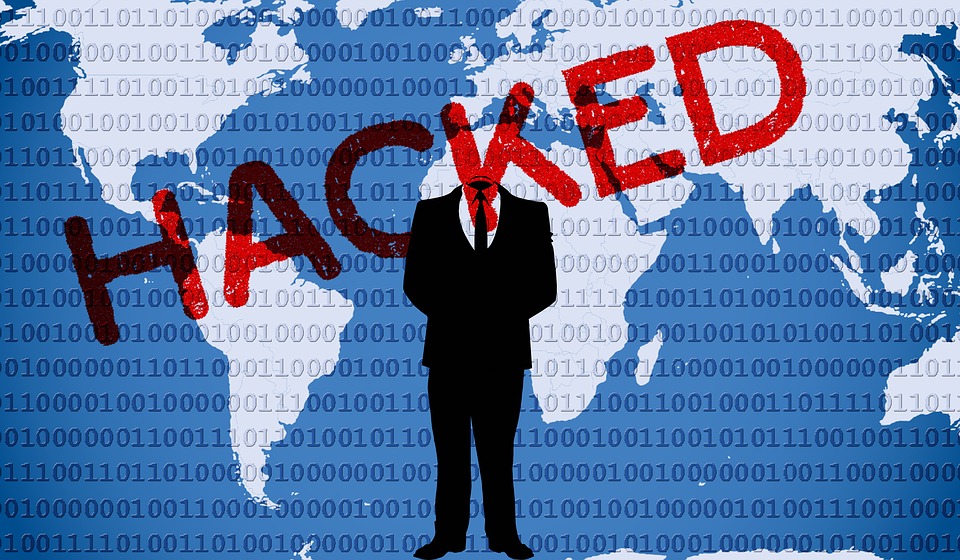Expert: Can’t fight modern cyber war using Cold War military tactics
11/18/2015 / By usafeaturesmedia

(Cyberwar.news) There is little question that, facing constant threats to the nation’s cyber infrastructure as well as regular data breaches at the highest levels, policymakers in the nation’s capital consider cyberwar to be the next major field of conflict. And, as FierceGovernmentIT, reports, experts often discuss parallels between cyber warfare and traditional military operations.
However, some experts believe that certain traditional tactics must be updated for the modern 21st century warfare, lest the United States military find itself dangerously behind the curve in a future conflict.
A week after members of Congress wrote to Secretary of State John Kerry and National Security Advisor Susan Rice about the need for an “E-Neva Convention” in setting standards for cyber warfare and peacetime practices, the web site reported, Paul K. Davis – the senior principal researcher at the RAND Corporation, a think tank, published a paper on the parallels between traditional warfare and the cyber landscape of today.
In “Deterrence, Influence, Cyber Attack and Cyberwar,” Davis said all concepts normally associated with deterrence and influence as tools to be employed in cyber geopolitics will take on different levels of relevance, and that’s going to be important for the U.S., which relied during the Cold War and the years following it on defensive cyber posture and other non-offensive tactics to dissuade nation-states and non-state actors.
For instance, Davis argued that Cold War tactical mainstays like mutually assured destruction via nuclear exchange – along with assured retaliation – don’t carry the same potency in the cyber age.
“Assured destruction and assured retaliation to destroy the adversary’s society have low salience because cyberwar is simply not as destructive as nuclear weapons or even large-scale attacks with precision conventional weapons,” Davis wrote. “Further, cyberwar’s effects are highly uncertain and would probably be temporary and non-decisive.”
- Don’t forget to ‘like’ Cyberwar.news on Facebook! Click here!
But other characteristics of the Cold War, such as counter-value vs. counter-force, strategic stability, crisis instability, competitive strategy and extended deterrence are either highly or someone relatable to cyber warfare, Davis said. As FierceGovernmentIT further noted:
Davis said that the Cold War itself relied on a set of escalation principles that kept either side from overstepping their bounds. He set up his own escalation ladder for cyber actions, though they are contextual, taking into account whether there were already military operations underway and what the target of the cyber action was, such as a nuclear command and control center.
“One might think that large ‘countervalue’ attacks on civilian infrastructure would obviously be escalatory,” Davis said. “However, if the context were conflict with China and the United States was already striking targets in the Chinese homeland, would Chinese cyber attacks on the U.S. homeland be escalatory? The United States might imagine so, but China would not.”
For the time being, rules on cyberwar – a cyber Geneva Conventions, if you will – have yet to be written. But the call for new rules isn’t new. In their 2010 book, “Cyber War,” terrorism expert Richard A. Clarke and Robert K. Knake, warned that a cyber treaty was going to be necessary moving forward because of the massive potential for damage that a cyber exchange would cause the U.S. especially.
- Never miss a Cyberwar.news story! Sign up below for our email news alert!
See also:
http://www.glitch.news/2015-09-25-how-will-innocents-be-protected-in-an-online-conflict.html
Tagged Under: old military tactics




















